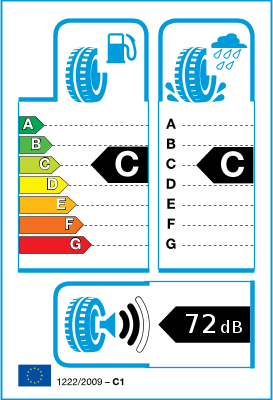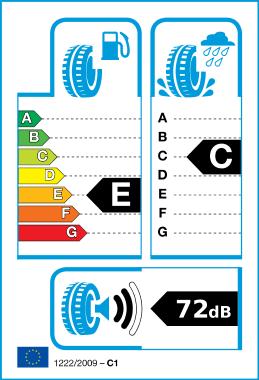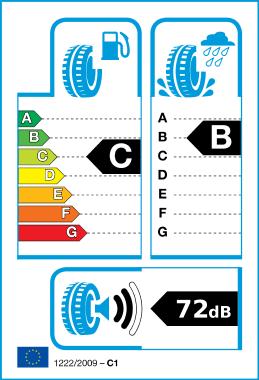William13
Active Member
At only four days with my new Nokian Hakka R3, I can tell a much better grip on dry and wet than the R2 had at its best. As I don't live in Alaska or the mountains,I don't need studs. I drive aggressively and the prior Winter tires only lasted 25,000 miles each on my S.
I'm still dreaming about a Model 3.
I'm still dreaming about a Model 3.





